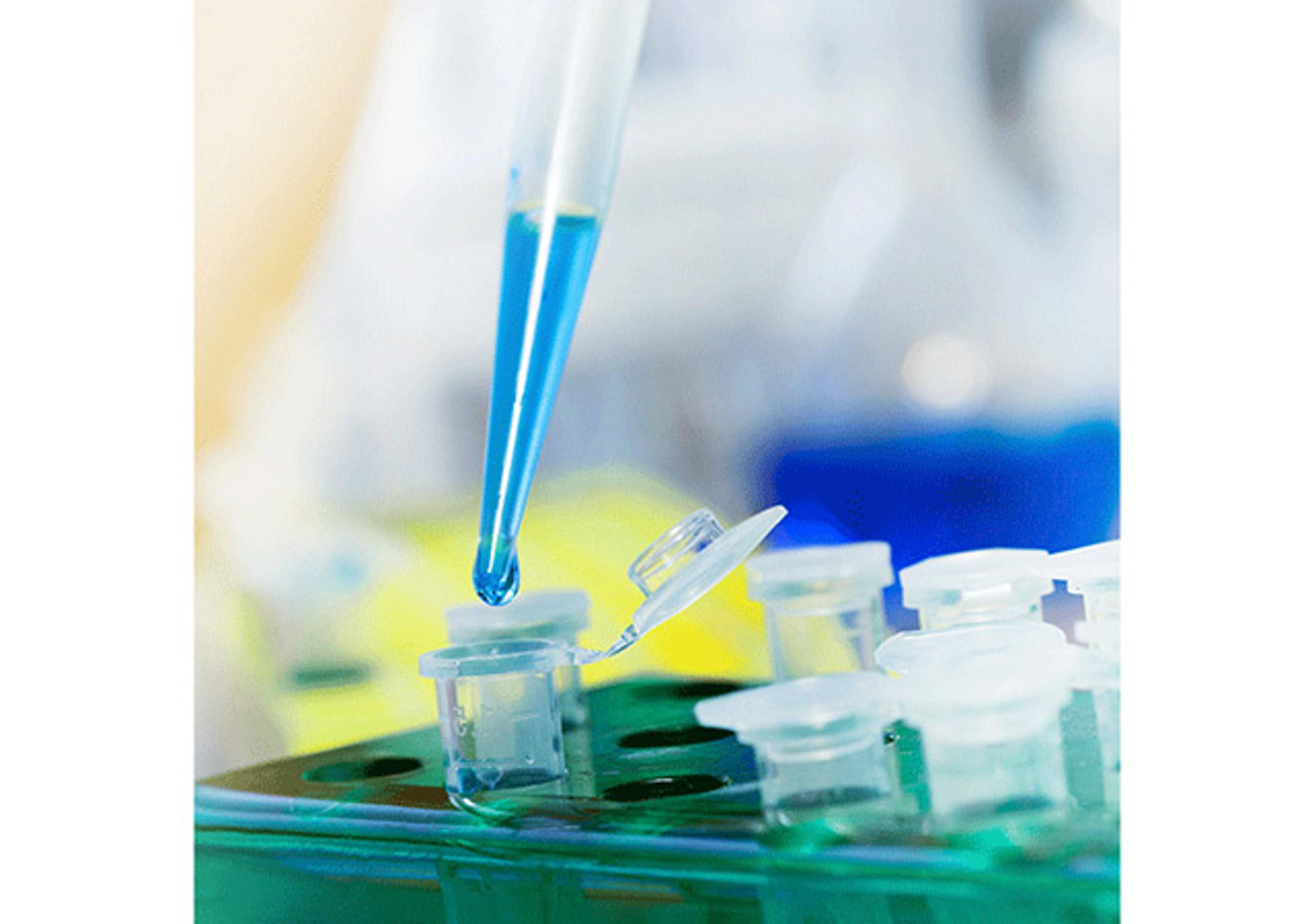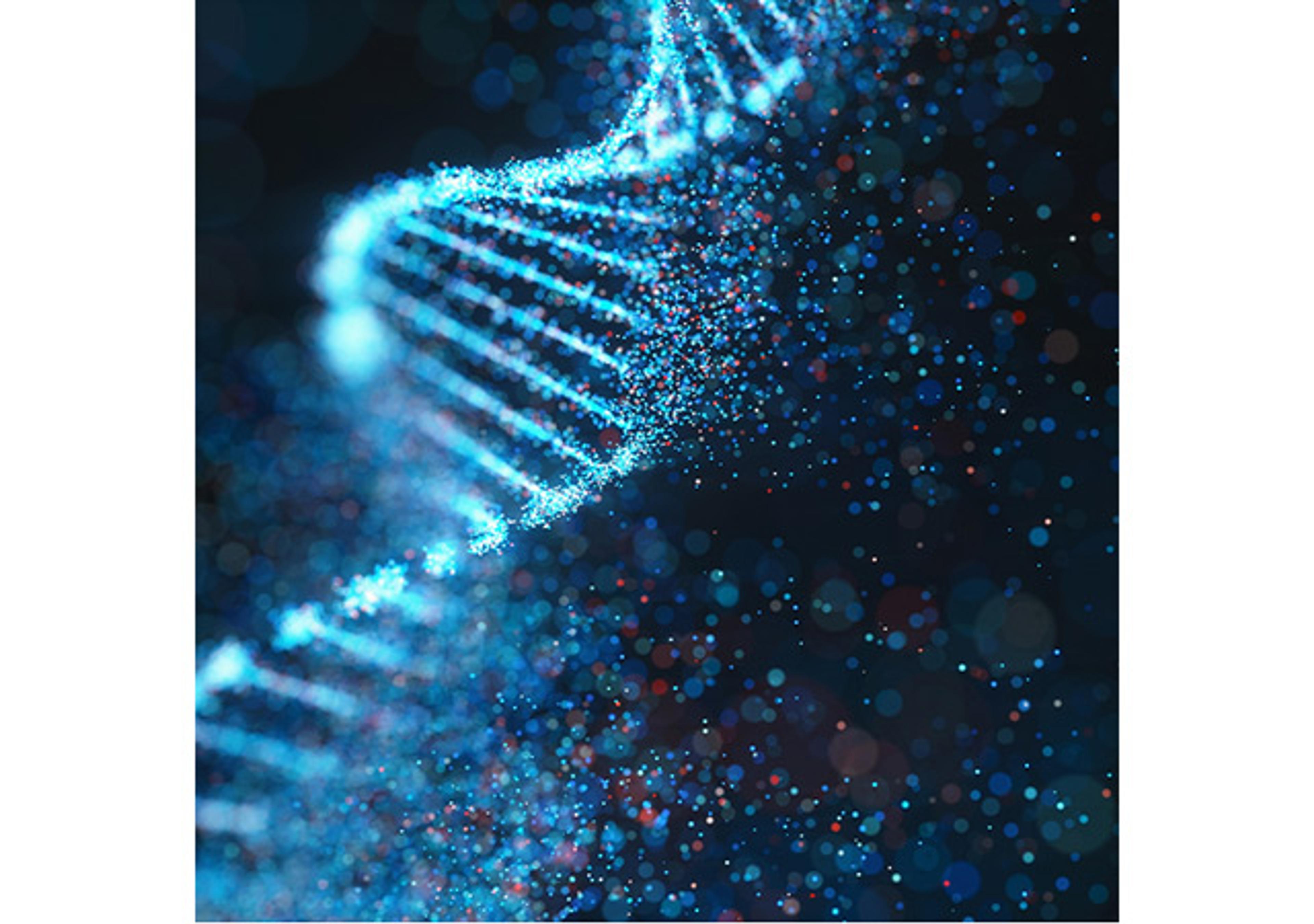DIG-High Prime DNA Labeling and Detection Starter Kit I
DIG-High Prime labeled probes can be used in Southern-, northern- and dot-blot analysis, as well as colony and plaque hybridizations. This kit offers random-primed labeling of DNA templates with DIG-11-dUTP, alkali-labile, and color detection of the DIG-labeled hybrids. This kit was assembled with convenience in mind, offering a ready-made blocking solution, combined stock solution of NBT/ BCIP, and DIG Easy Hyb granules. The…
Without this kit my labeling wouldn't be possible
Southern blot analysis
I have used this kit several times in recent years and often obtained efficient and high-resolution bands. It is absolutely user-friendly and easy to handle. For many labs which do not have access to RI facility, this kit is good enough to give us sensitive probes through non-radioactive steps and can be simply set up on a routine lab bench top. The price at the first may seem a bit high, but it can be used for several probe designs, and in a long time it would be cost-effective.
Review Date: 13 Oct 2022
DIG-High Prime labeled probes can be used in Southern-, northern- and dot-blot analysis, as well as colony and plaque hybridizations. This kit offers random-primed labeling of DNA templates with DIG-11-dUTP, alkali-labile, and color detection of the DIG-labeled hybrids. This kit was assembled with convenience in mind, offering a ready-made blocking solution, combined stock solution of NBT/ BCIP, and DIG Easy Hyb granules. The DIG-High Prime mixture includes stabilized Klenow enzyme, nucleotides, primers, and reaction buffer, all in one convenient reagent.
Product Description
Sensitivity and specificity: The standard assay uses 1 µg of linearized pBR328. It is usual to expect 0.8 µg labeled DNA after 1 hour of labeling, and 2.3 µg labeled DNA after a 20-hour reaction. In a dot-blot hybridization, 0.1 pg of homologous DNA is detectable after a 16-hour color development (probe concentrations at 20 ng/ml). A single-copy human gene (tPA) is detectable in a Southern blot, loading 1 µg of digested placenta DNA.















